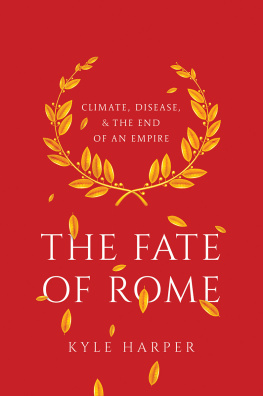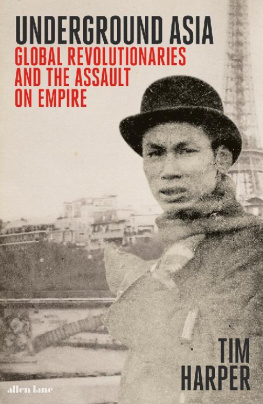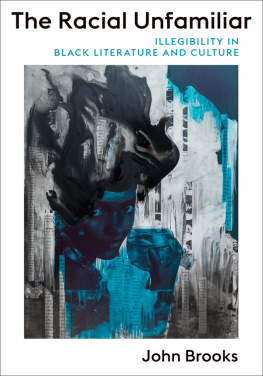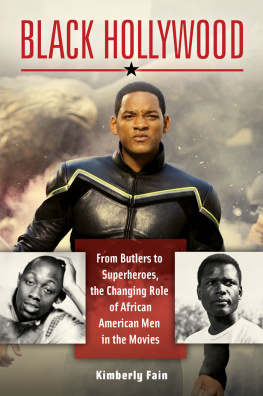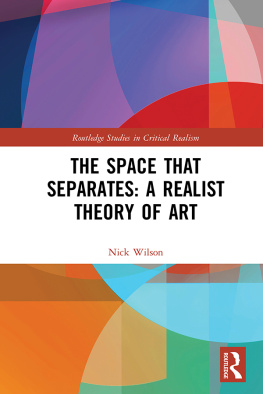A B S T R A C T I O N I S T A E S T H E T I C S
NYU SERIES IN SOCIAL AND CULTURAL ANALYSIS
GENERAL EDITOR: PHILLIP BRIAN HARPER
Nice Work If You Can Get It: Life and Labor in Precarious Times
Andrew Ross
City Folk: English Country Dance and the Politics of the Folk in Modern America
Daniel J. Walkowitz
Toilet: Public Restrooms and the Politics of Sharing
Edited by Harvey Molotch and Laura Norn
Unhitched: Love, Marriage, and Family Values from West Hollywood to Western China
Judith Stacey
The Sun Never Sets: South Asian Migrants in an Age of U.S. Power
Edited by Vivek Bald, Miabi Chatterji, Sujani Reddy, and Manu Vimalassery
Chronic Youth: Disability, Sexuality, and U.S. Media Cultures of Rehabilitation
Julie Passanante Elman
Abstractionist Aesthetics: Artistic Form and Social Critique in African American Culture
Phillip Brian Harper
A B S T R A C T I O N I S T
A E S T H E T I C S
Artistic Form and Social Critique
in African American Culture
PHILLIP BRIAN HARPER


NEW YORK UNIVERSITY PRESS
New York and London
www.nyupress.org
2015 by New York University
All rights reserved
(What Did I Do to Be So) Black and Blue, music by Thomas Fats Waller and Harry Brooks, words by Andy Razaf. Copyright 1929 (Renewed) EMI Mills Music, Inc., Chappell & Co., Inc., and Razaf Music Co. All Rights Reserved. Selected lyrics used by permission of Alfred Publishing Co., Inc., and Bienstock Publishing Company on behalf of Redwood Music Ltd.
This Is Just to Say, by William Carlos Williams, from Collected Poems: Volume I, 19091939. Copyright 1938 by New Directions Publishing Corp. Reprinted by permission of New Directions Publishing Corp. and Carcanet Press Ltd.
The Colonel, by Carolyn Forch, from The Country between Us. Copyright 1981 by Carolyn Forch. Previously published by Womens International Resource Exchange. Reprinted by permission of HarperCollins Publishers and Carolyn Forch.
References to Internet websites (URLs) were accurate at the time of writing. Neither the author nor New York University Press is responsible for URLs that may have expired or changed since the manuscript was prepared.
LIBRARY OF CONGRESS CATALOGING-IN-PUBLICATION DATA
Harper, Phillip Brian.
Abstractionist aesthetics : artistic form and social critique in African American culture / Phillip Brian Harper.
pages cm
Includes bibliographical references and index.
ISBN 978-1-4798-6543-7 (cl : alk. paper) ISBN 978-1-4798-1836-5 (pb : alk. paper) 1. African American aesthetics. 2. Abstraction. 3. African American artsThemes, motives. I. Title.
BH221.U53H37 2015
305.896073dc23 2015021344
Book design and composition by Nicole Hayward
New York University Press books are printed on acid-free paper, and their binding materials are chosen for strength and durability.
We strive to use environmentally responsible suppliers and materials to the greatest extent possible in publishing our books.
Manufactured in the United States of America
10 9 8 7 6 5 4 3 2 1
Also available as an ebook
For Henry Louis Gates, Jr., who set me thinking;
and for Thom Freedman, who keeps me going
Contents
Black Personhood in the Maw
of Abstraction
Introduction
Against Positive Images
If art reflects life it does so with special mirrors.
BERTOLT BRECHT
Abstractionist Aesthetics is a theoretical polemic concerned with the critical potential of African American expressive culture. It is premised on the widely accepted (if debatable) notion that such culture consists in works and practices that both originate among and in some way represent the experiences of African American people while also illuminating and appraising the racial-political context in which those experiences occur.cultures having been conceived at all as a political project, a primary one of which is that any given worknot to mention the artist who produced itis always liable to be deemed not properly black.
Such judgment lies far afield of my interests here, and I am by the same token much less concerned with dictating modes of aesthetic practice (though I do indeed champion one that I believe has gone underappreciated) than with influencing current norms of aesthetic reception. For all that these norms presuppose the social-critical function of African American culture just sketched, as I believe they unquestionably do, they also generally assume that that function is best served by a type of realist aesthetics that casts racial blackness in overridingly positive terms. While there are arguably good historical reasons for its prevalence, to the extent that this positivist ethic restricts the scope of artistic practice, the realism that it underwrites emerges as a central problem within African American aesthetics. This book accordingly argues for the displacement of realism as a primary stake in African American cultural engagement, and asserts the critical utility of an alternative aesthetic mode that it characterizes as abstractionism.
Abstractionism as theorized in this volume entails the resolute awareness that even the most realistic representation is precisely a representation, and that as such it necessarily exists at a distance from the social reality it is conventionally understood to reflect. In other words, abstractionist aesthetics crucially recognizes that any artwork whatsoever is definitionally abstract in relation to the world in which it emerges, regardless of whether or not it features the nonreferentiality typically understood to constitute aesthetic abstraction per se. An abstractionist artwork, by extension, is one that emphasizes its own distance from reality by calling attention to its constructed or artificial charactereven if it also enacts real-world referencerather than striving to dissemble that constructedness in the service of the maximum verisimilitude so highly prized within the realist framework just sketched. In thus disrupting the easy correspondence between itself and its evident referent, the abstractionist work invites us to question the naturalness not only of the aesthetic representation but also of the social facts to which it alludes, thereby opening them to active and potentially salutary revision.

This proposition that art might operate in a denaturalizing and reformative fashion is by no means novel. Indeed, it recapitulates almost exactly Bertolt Brechts claims regarding the function of the alienation effect within what Brecht conceived as non-Aristotelian drama.
The mere assertion of a theoretical claim does not, however, equal the universal acknowledgment of its validity, and African Americanist cultural commentary has not betrayed a thoroughgoing commitment to the line of Brechtian thought just outlined. of this book, I am clearly much more concerned with discovering how and in what contexts of African American cultural production aesthetic abstractionism might be most profitably forwarded at the present juncture, since I remain convinced that it can in fact have the progressive critical effect that I have indicated.
Next page


